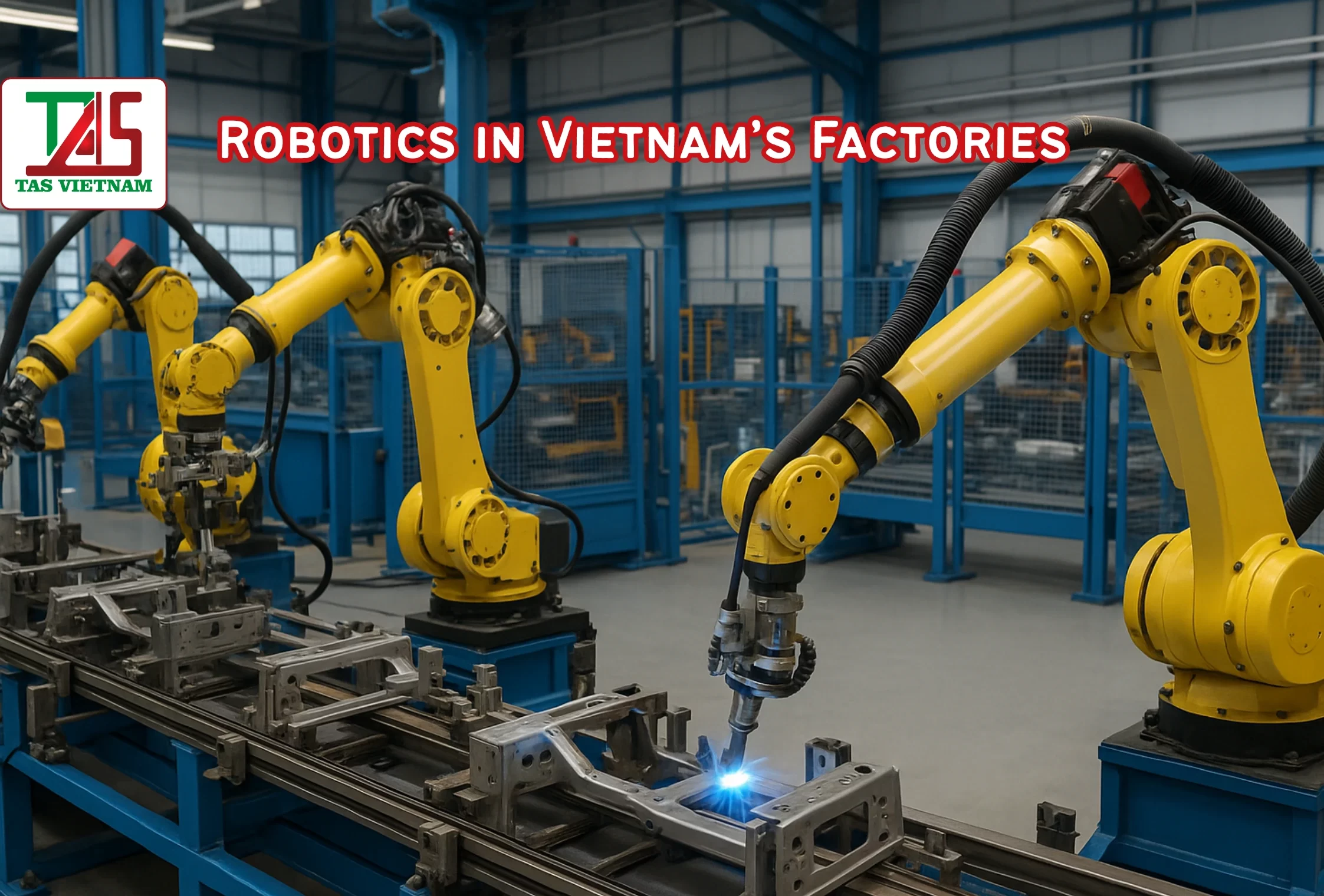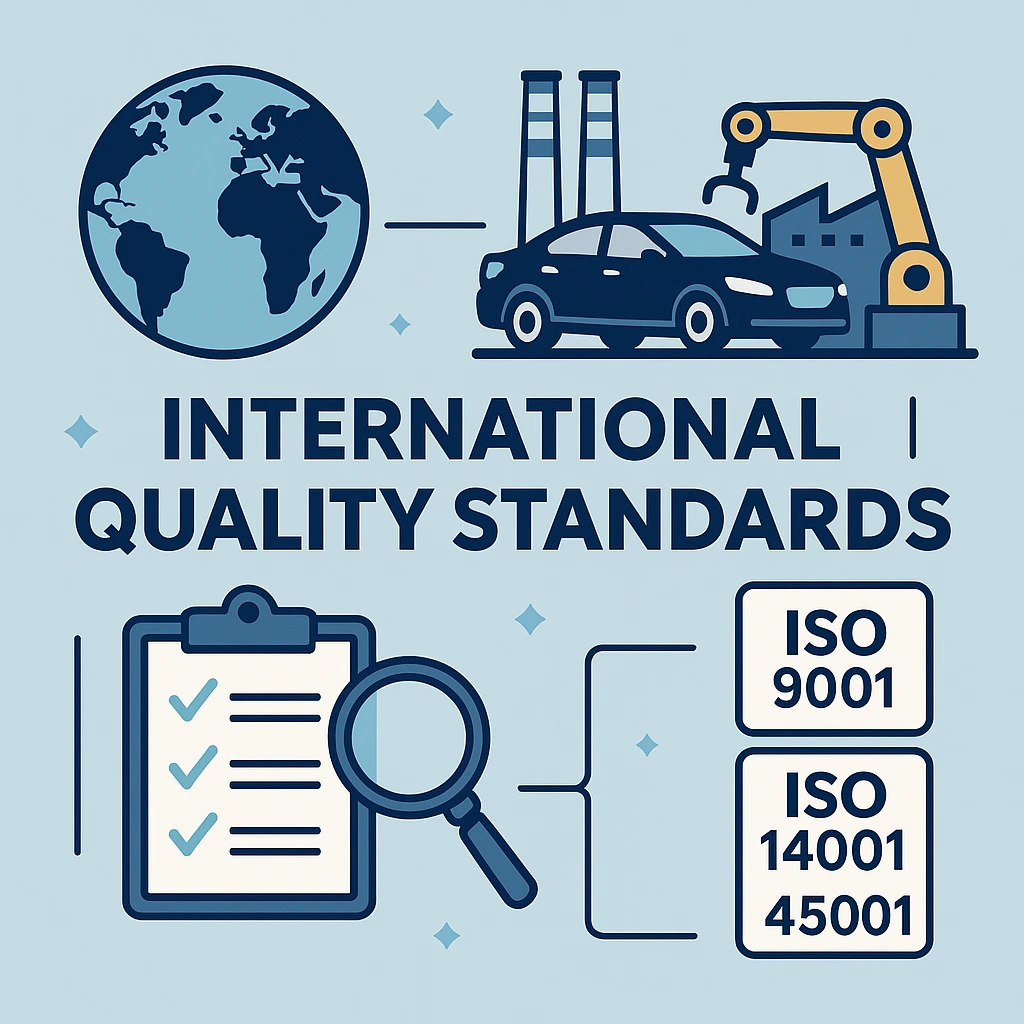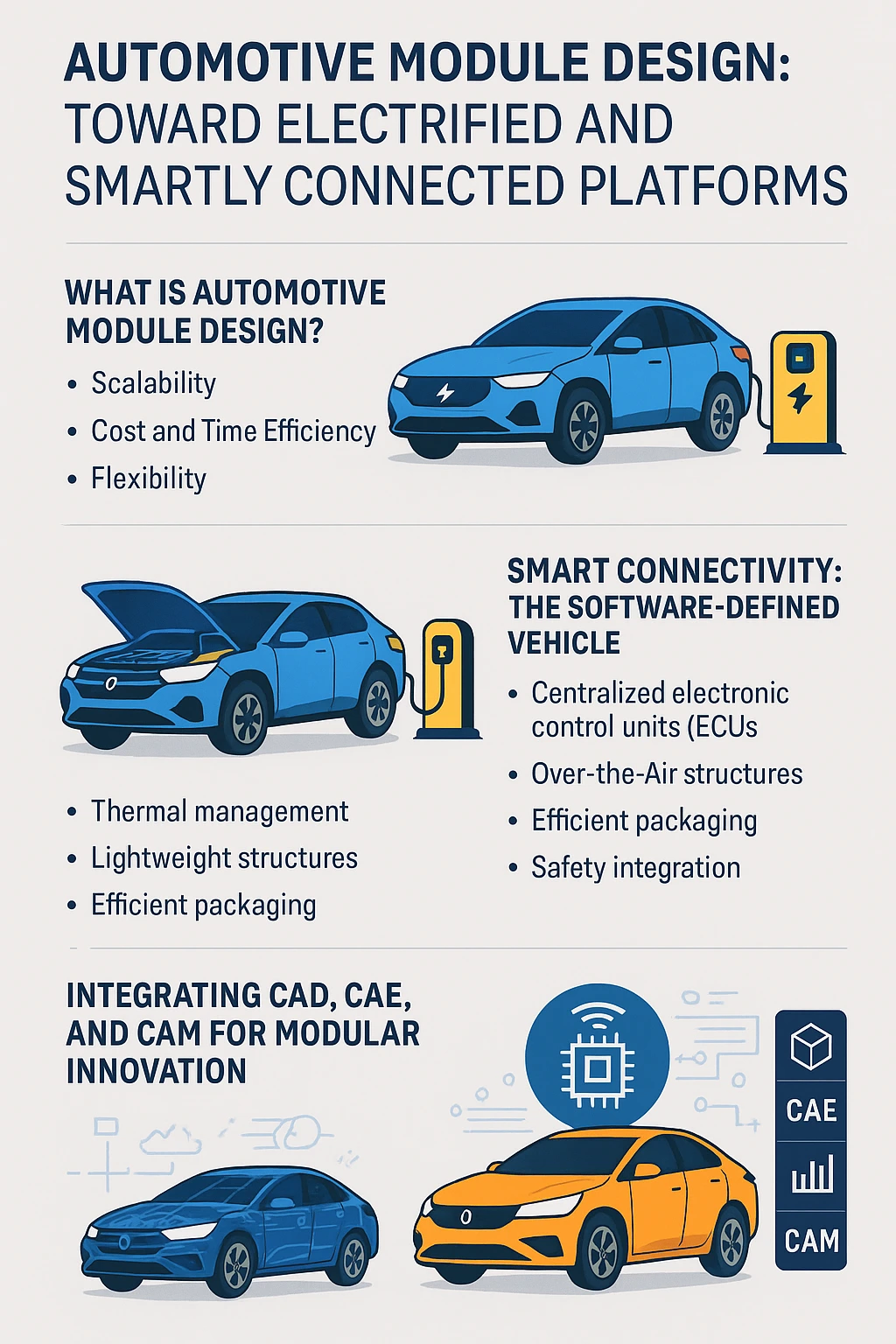The manufacturing landscape in Vietnam is entering a period of rapid transformation. Driven by global supply chain shifts, increasing labor costs, and competitive pressure from neighboring countries, many factories in Vietnam are exploring robotics and automation as a strategic investment. While robotics is often associated with advanced markets like Japan, Korea, or Germany, its adoption in Vietnam is accelerating—especially among foreign-invested manufacturers in automotive, electronics, consumer goods, and precision engineering.
However, despite the rising interest, the deployment of robotics in Vietnam is not as straightforward as many expect. Between the perceived benefits and the actual implementation lies a wide “capability gap” involving technical readiness, process stability, workforce understanding, and ROI evaluation.
This article explores the real-world status, opportunities, and barriers of robotics adoption in Vietnam, offering insights tailored to foreign engineers and international enterprises operating in the Vietnamese manufacturing ecosystem.
1. Why Robotics Is Becoming Essential for Vietnam’s Manufacturing Sector
1.1 Rising Labor Costs and Workforce Challenges
Vietnam has long been known as a cost-effective manufacturing hub. Yet labor costs are no longer as low as in the early 2010s. Minimum wage increases, labor shortages in industrial zones, and high turnover rates make it increasingly difficult to scale operations relying solely on manpower.
Robotics helps factories:
-
Reduce dependency on unstable labor pools
-
Improve productivity consistency
-
Minimize risks from labor fluctuations and seasonal shortages
For industries like automotive parts, metal fabrication, and electronics, stable output is critical—and robotics provides exactly that.
1.2 Higher Demand for Product Consistency and Quality
As Vietnam integrates deeper into global supply chains, stricter quality requirements follow. Robotics ensures:
-
Repeatability
-
Tolerance stability
-
Better data tracking
-
Lower defect rates
Foreign enterprises operating in Vietnam often face the challenge of maintaining the same quality standards as their factories in Japan, Europe, or the U.S. Robotics offers a reliable way to synchronize quality across plants.
1.3 Global Clients Expect Automation
International clients—especially in OEM and Tier 1 supply chains—now include automation readiness as part of supplier evaluation. For many Vietnamese manufacturers, adopting robotics is not just a matter of efficiency but also a competitive necessity to win contracts.
2. Current Robotics Adoption in Vietnam: A Mixed Reality
While major factories have embraced robotics on welding lines, CNC loading systems, painting booths, and packaging operations, the overall adoption rate remains uneven.
2.1 Industries Leading Robotics Adoption
-
Automotive and motorcycle parts: robotic welding, material handling, laser cutting
-
Electronics: pick-and-place robots, PCB handling, optical inspection
-
Plastics and injection molding: robot arms for part extraction and packaging
-
Metal fabrication: robotic welding, bending assistance, palletizing
Foreign-invested companies (Japan, Korea, EU) are notably ahead in adoption compared to local firms.
2.2 Local Factories Still Struggle With Process Stability
Robots require stable, predictable processes. Many local factories still face:
-
Inconsistent part dimensions
-
Fluctuating fixture quality
-
High process variance
-
Manual-dependent steps not yet standardized
As a result, even when a robot is installed, its performance may fall short of expectations.
3. The Hidden Barriers Hindering Robotics Adoption in Vietnam
Although robotics seems attractive, several real-world barriers make the journey challenging.
3.1 Misalignment Between Robotics Integrators and Shop-Floor Reality
Many factories expect a “plug-and-play” solution. However, robotics integration requires:
-
Process engineering
-
Layout redesign
-
Safety evaluation
-
Programming and testing
-
Data integration
Factories lacking engineering support often underestimate the complexity.
3.2 Skills Gap in Local Workforce
Despite a young workforce, Vietnam lacks:
-
Robotics programmers
-
PLC engineers
-
Maintenance technicians
-
System integrators knowledgeable in multi-brand robotics
This skills gap creates high dependency on external providers and leads to slow troubleshooting cycles.
3.3 High Upfront Investment and Unclear ROI
Robotics ROI depends on multiple factors:
-
Production volume
-
Product mix
-
Machine uptime
-
Layout optimization
Many factories struggle to calculate ROI due to inconsistent data collection and lack of digital infrastructure.
3.4 Customization Required for the Vietnamese Context
Unlike countries with standardized processes, Vietnamese factories often require heavy customization:
-
Unique fixture designs
-
Multi-product lines
-
Frequent product changes
-
Limited floor space
This increases integration time and cost.
4. Opportunities for Manufacturers Who Adopt Robotics Early
Despite the challenges, early adopters enjoy significant advantages.
4.1 Workforce Stability and Lower Operational Risk
With robotics, factories gain:
-
Predictable output
-
Reduced training burden
-
Lower turnover risks
-
Safer working environments
This is especially beneficial for foreign manufacturers who must maintain global safety and quality standards.
4.2 Improved Traceability and Digital Integration
Robotics creates reliable data for:
-
Process monitoring
-
Quality audits
-
MES/ERP connections
-
Predictive maintenance
This supports modernization and Industry 4.0 initiatives.
4.3 Higher Competitiveness in Global Supply Chains
Robotics strengthens a manufacturer’s ability to:
-
Win larger orders
-
Serve demanding customers
-
Maintain export-quality standards
5. Practical Recommendations for Enterprises in Vietnam
5.1 Start With Processes, Not Robots
Stabilize and standardize the process before installing robotics.
5.2 Conduct a Feasibility Study
Evaluate:
-
Cycle time requirements
-
Product mix
-
Available space
-
Fixture quality
5.3 Train Engineers Early
Upskill local staff in:
-
Basic robotics programming
-
Safety procedures
-
Troubleshooting
5.4 Collaborate With Specialized Engineering Partners
Engineering firms like TASVINA, with experience in mechanical design, automation, simulation, and on-site integration, help bridge the gap between concept and real performance.
Conclusion
Robotics adoption in Vietnam is not a simple technology purchase—it is a transformation journey. Manufacturers must navigate challenges in process stability, workforce capability, and cost justification. Yet those who act early will gain strategic advantages in productivity, quality, and global competitiveness.
Vietnam’s factories are entering a new era where robotics is no longer optional but a decisive factor in long-term success.












